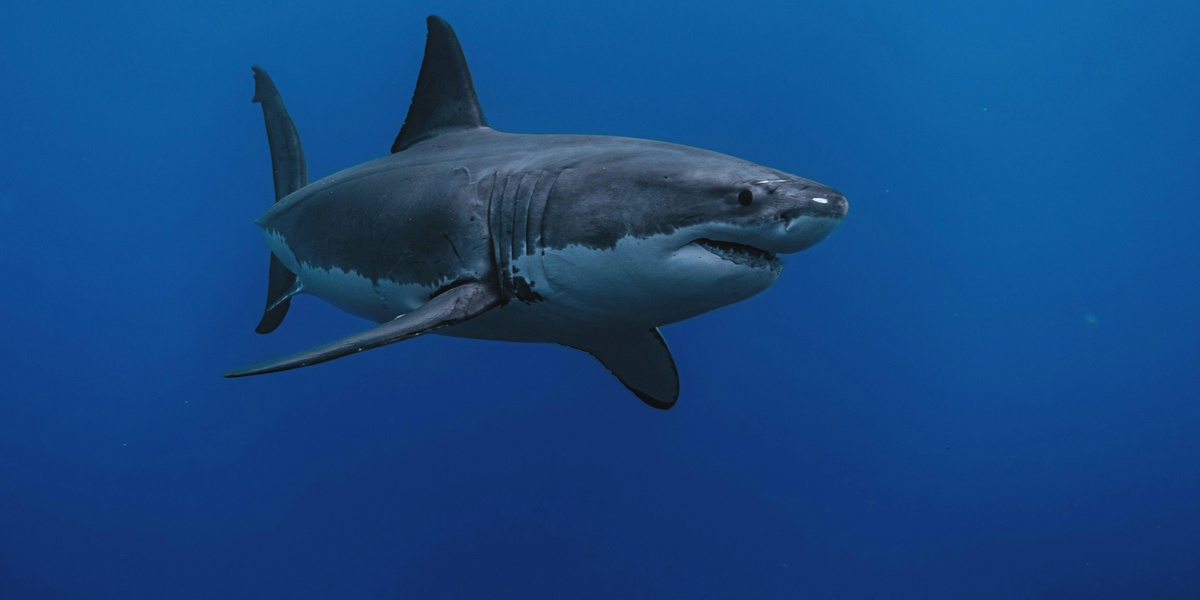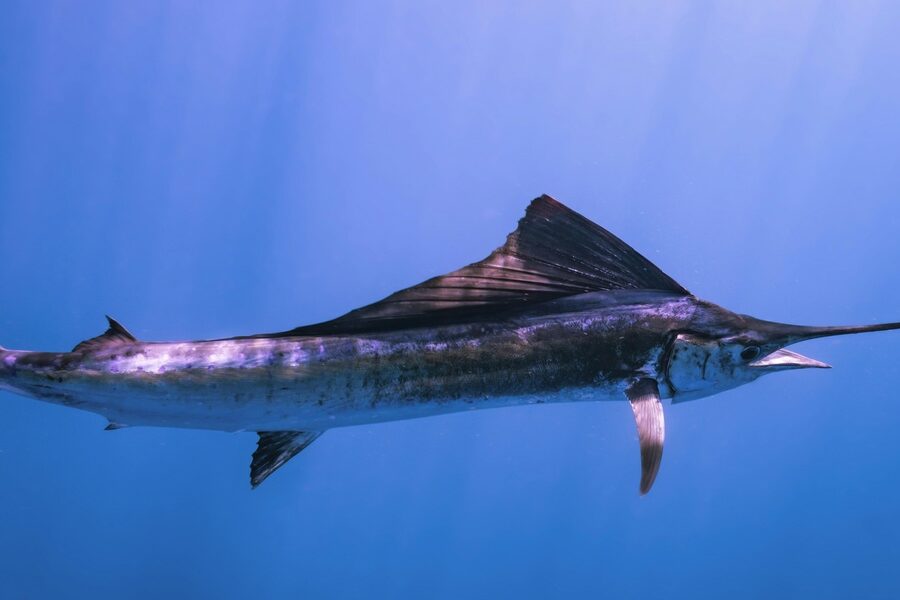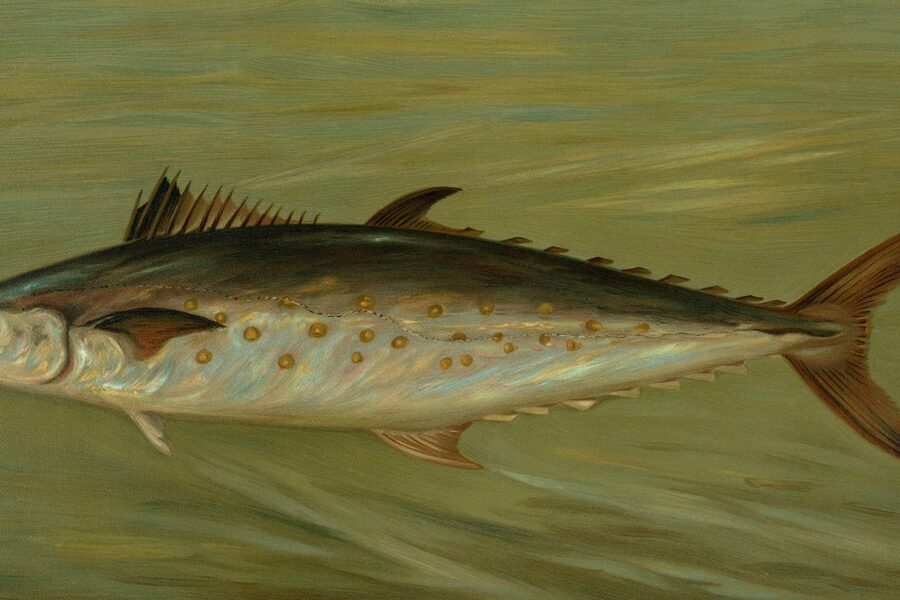Fossil teeth show sharks have prowled the seas for more than 400 million years—surviving five mass extinctions while their basic design barely changed.
Many people know sharks as “dangerous,” but that narrow view misses how anatomy, senses, and behavior make them efficient predators and ecosystem engineers. This article explains the characteristics of a shark and why each trait matters for oceans and people.
The piece is organized into three sections—Anatomy & Physiology; Senses & Detection; and Behavior & Ecology—and outlines ten defining traits with examples from species such as great whites, shortfin makos, hammerheads, and whale sharks.
Anatomy & Physiology
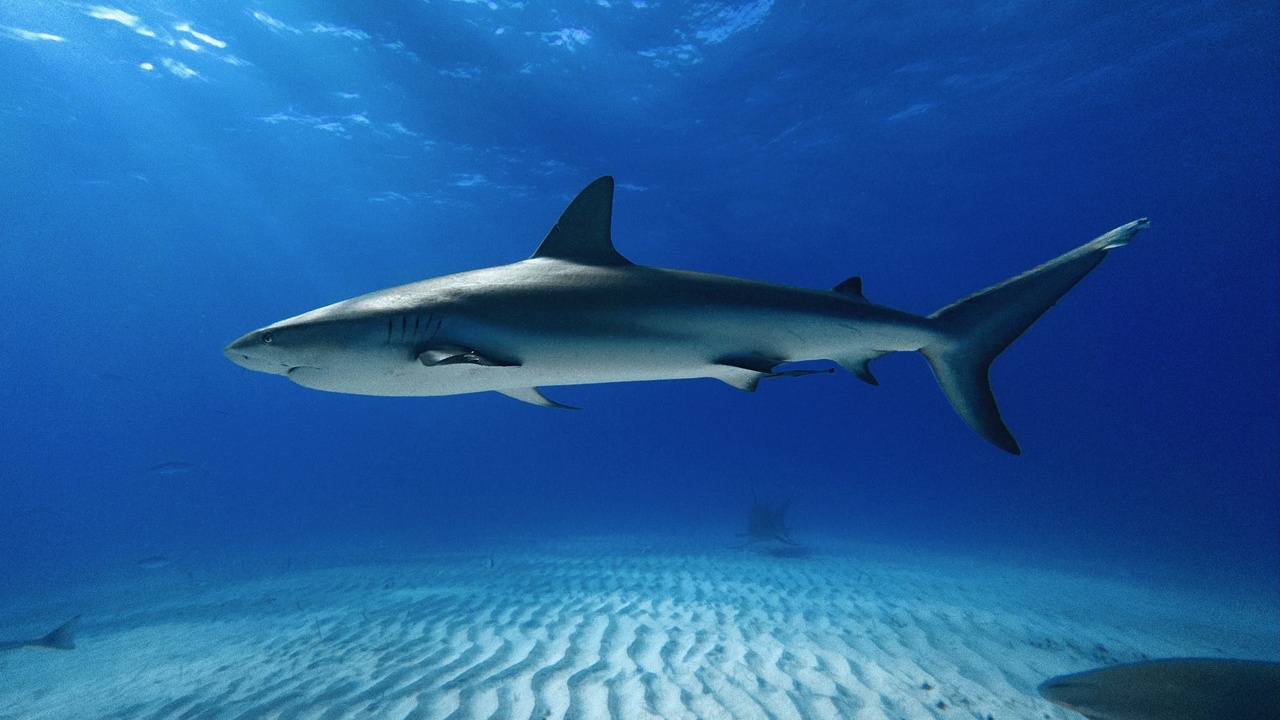
Shark bodies diverge markedly from bony fish: light, flexible skeletons and textured skin underpin speed, stealth, and survivability. These physical features reduce energy costs and shape how sharks hunt, migrate, and interact with their environment.
1. Cartilaginous Skeleton
Sharks have skeletons made of cartilage rather than bone, which lowers body density and increases flexibility for rapid turns and sudden accelerations.
Cartilage is lighter than bone and bends more readily, contributing to energy-efficient swimming; sharks have persisted for over 400 million years with this design. Species like the shortfin mako combine a flexible skeleton with powerful musculature to reach bursts of roughly 74 km/h (about 46 mph).
Engineers study cartilage-inspired materials for flexible robotics and compliant joints, while biologists look to lamnid skeletons (e.g., mako, great white) to understand high-speed predation.
Next, skin structure further tunes hydrodynamics.
2. Dermal Denticles (Rough, Hydrodynamic Skin)
Dermal denticles are tiny, tooth-like scales that cover shark skin and create riblet patterns that reduce drag and resist fouling.
These microstructures cut hydrodynamic resistance at cruising speeds and protect against abrasion and parasites; denticle shape varies by species according to lifestyle. High-speed sharks such as makos have especially streamlined denticles.
Designers copied this idea for swimwear (e.g., Speedo Fastskin) and NASA explored riblet surfaces to save fuel—an example of biomimicry with practical payoff.
Beyond skin, teeth are another constantly renewed system.
3. Continuously Replacing Teeth
Sharks continually grow and replace teeth throughout their lives; many species cycle tens of thousands of teeth over a lifetime and keep multiple rows ready to move into service.
Multiple rows act like a conveyor belt: if a tooth is lost or worn, the next one rotates forward, preserving feeding efficiency. Lamnid sharks such as great whites and makos display conspicuous rows of replacement teeth.
Fossilized and shed teeth are invaluable in paleontology and museum exhibits, where individual teeth help date deposits and reveal past biodiversity.
Finally in anatomy, buoyancy is handled differently than in bony fish.
4. Large, Oil-Rich Liver Instead of a Swim Bladder
Most sharks lack a swim bladder; instead many rely on a proportionally large liver filled with low-density oils—rich in squalene—to reduce sinking.
In some species the liver can be up to about 25% of body mass, helping achieve near-neutral buoyancy without a gas-filled organ. This influences behavior: many lamnids and deep-sea sharks must swim continuously or use vertical movement rather than buoyant hovering.
Economically, liver oil has value in fisheries, and biologically this adaptation supports a range of life histories from active pelagic predators to sluggish demersal species.
Senses & Detection
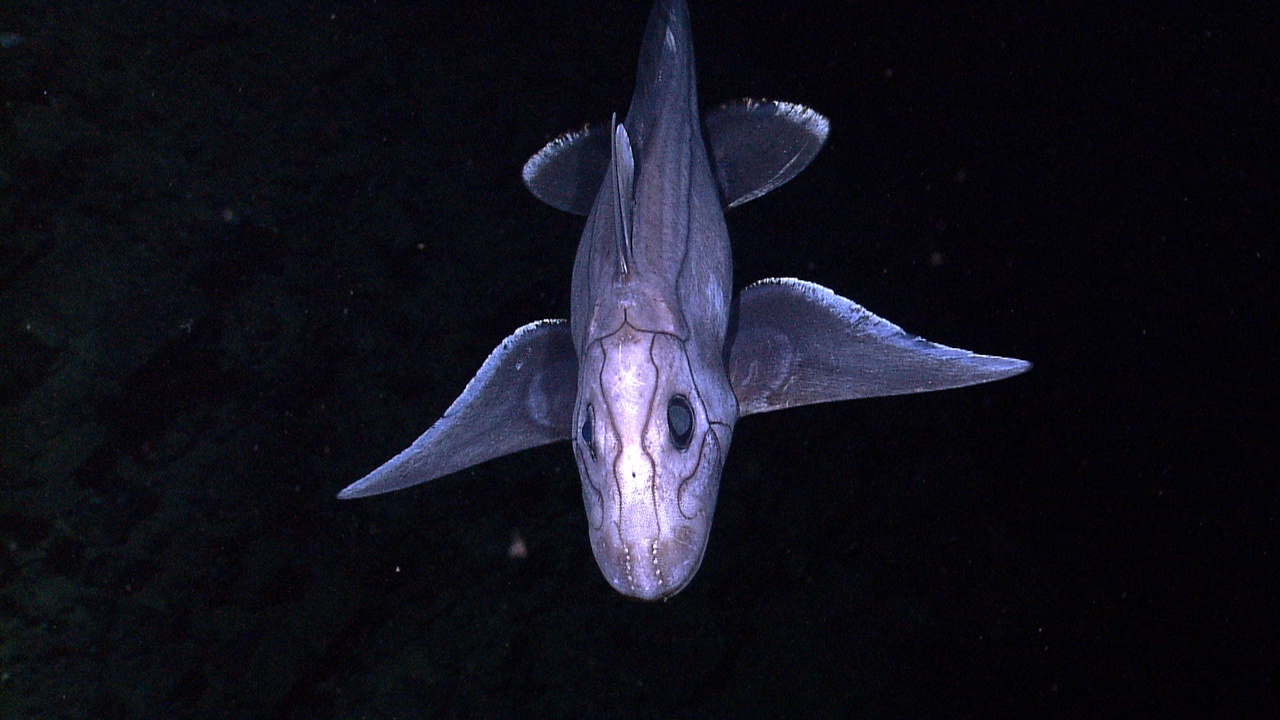
Sharks detect prey and navigate with senses tuned beyond human abilities: electric-field detection, exceptional olfaction, and a lateral line for sensing water motion. These systems combine to find hidden prey, orient over long distances, and coordinate movements in low light.
5. Electroreception: Ampullae of Lorenzini
Ampullae of Lorenzini are gel-filled pores concentrated around the snout that detect minute electric fields produced by muscle contractions and bioelectric signals.
Many species have hundreds of ampullae clustered on the head; hammerheads show especially dense arrays, likely aiding target localization during hunting. This sense helps locate prey buried in sediment and may detect geomagnetic cues used for navigation.
Researchers leverage this knowledge for magnetic-tag studies and to design deterrents and bycatch-reduction devices; understanding electroreception also informs sensors for underwater navigation.
6. Exceptional Sense of Smell
Sharks possess large olfactory lobes and separate nostrils, enabling detection of chemical cues at extremely low concentrations—often described qualitatively as sensing tiny amounts of blood at distance.
This long-range scent ability helps sharks track wounded or distant prey and supports social and reproductive signaling; species like tiger and lemon sharks use scent cues extensively. Fisheries exploit scent for baiting, while research tests scent-based strategies to reduce bycatch.
Olfactory-driven behaviors also shape local aggregations and migration timing in some populations.
7. Lateral Line: Detecting Water Motion and Pressure
The lateral line is a chain of sensory canals and pores along the body that detects pressure gradients, water motion, and the wakes of nearby animals.
This system permits fine-scale detection of prey movements and the hydrodynamic signatures of schooling fish, which is especially useful in turbid or dark water. Blacktip reef sharks and similar species rely on these cues during ambush and coordinated hunting.
Engineers mimic lateral-line sensing for autonomous underwater vehicles, improving obstacle avoidance and flow sensing in robotic platforms.
Behavior & Ecology
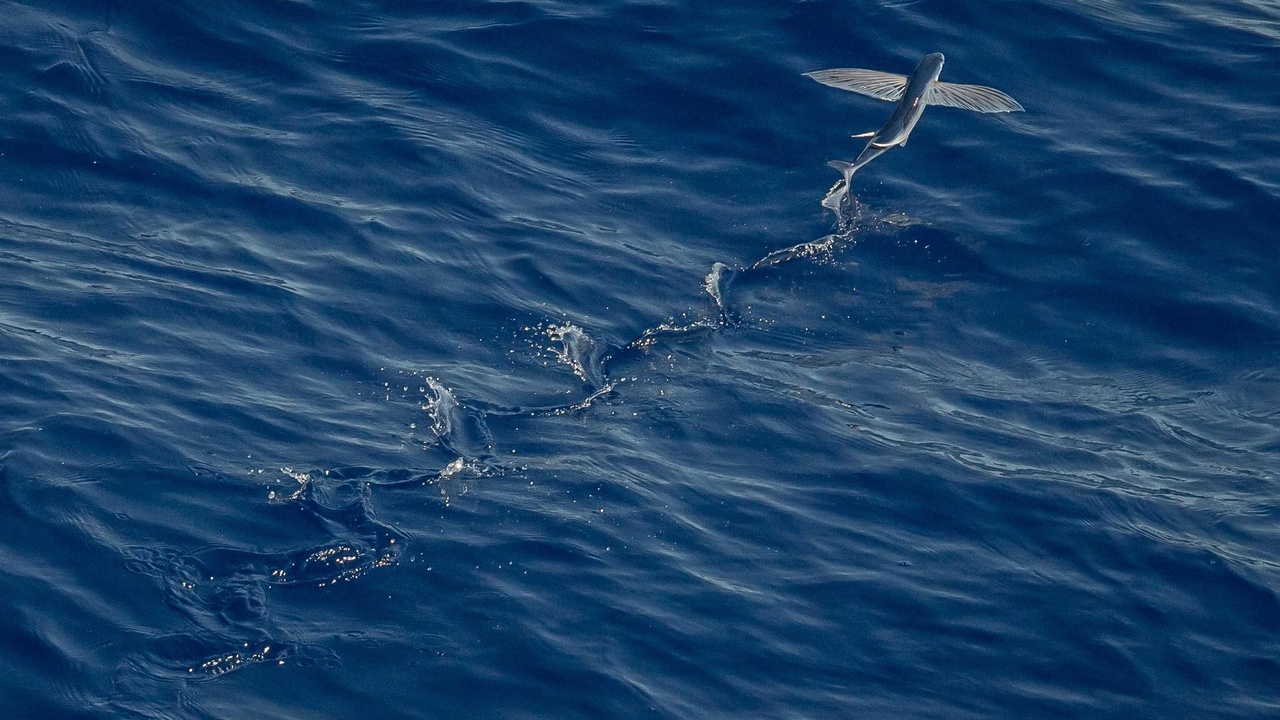
Shark behavior and ecology reflect evolutionary pressures that tune feeding tactics, reproductive timing, and large-scale movements. Their roles as predators and migrants shape food webs and link distant habitats.
8. Predatory Adaptations: Speed, Stealth, and Bite
Sharks combine burst speed, ambush tactics, and specialized dentition to capture a wide range of prey. Shortfin makos reach recorded speeds around 74 km/h (46 mph), while great whites use explosive breaches and powerful bites to subdue large prey.
As top predators, sharks exert top-down control that helps regulate prey populations and maintain ecological balance. Changes in shark abundance can cascade through food webs, altering species composition and habitat structure.
Human interactions include ecotourism such as cage diving, fisheries pressure, and occasional safety concerns—so management must balance conservation with local livelihoods.
9. Diverse Reproductive Strategies
Sharks employ three main reproductive modes: oviparity (egg-laying), ovoviviparity (eggs hatch inside the mother), and viviparity (live birth often with placental-like nourishment).
Examples include horn sharks that lay egg cases, great whites that are ovoviviparous, and bull sharks that give live birth. Gestation varies widely; spiny dogfish carry embryos for about 22–24 months, illustrating very slow reproductive turnover in some species.
Slow maturation and low fecundity make certain species vulnerable to overfishing, so fisheries management must account for species-specific reproductive data to set sustainable limits.
10. Migration and Social Behavior
Many sharks perform seasonal or life-stage migrations and some form predictable aggregations at seamounts, reefs, or coastal hotspots.
Whale sharks and tiger sharks travel hundreds to thousands of kilometers; satellite-tagged individuals have crossed ocean basins. Aggregation sites such as Ningaloo Reef or Gulf of Mexico feeding grounds support ecotourism and research but also concentrate threats from fisheries and vessel traffic.
Migratory connectivity crosses national boundaries, so international cooperation (e.g., through regional fisheries organizations and IUCN listings) is essential for effective conservation.
Summary
- Sharks combine anatomical efficiency (cartilaginous skeleton, dermal denticles, oil-rich livers), sensory specializations (electroreception, smell, lateral line), and varied behaviors to thrive in diverse marine environments.
- Several traits—slow reproduction, long migrations, and site-specific aggregations—heighten vulnerability and demand species-specific management backed by organizations such as NOAA and the IUCN.
- Practical benefits of studying shark biology include biomimetic advances (riblet surfaces, flow sensors), improved bycatch-reduction tools, and better-informed fisheries policies.
- Understanding the characteristics of a shark helps prioritize conservation actions, support sustainable use, and inspire technology—so learn from reputable sources and support responsible science and stewardship.
